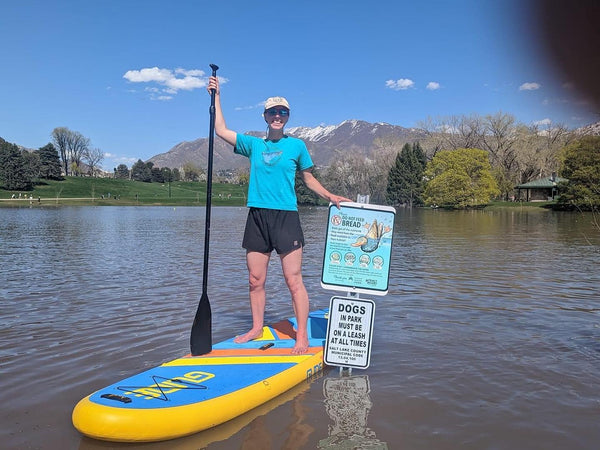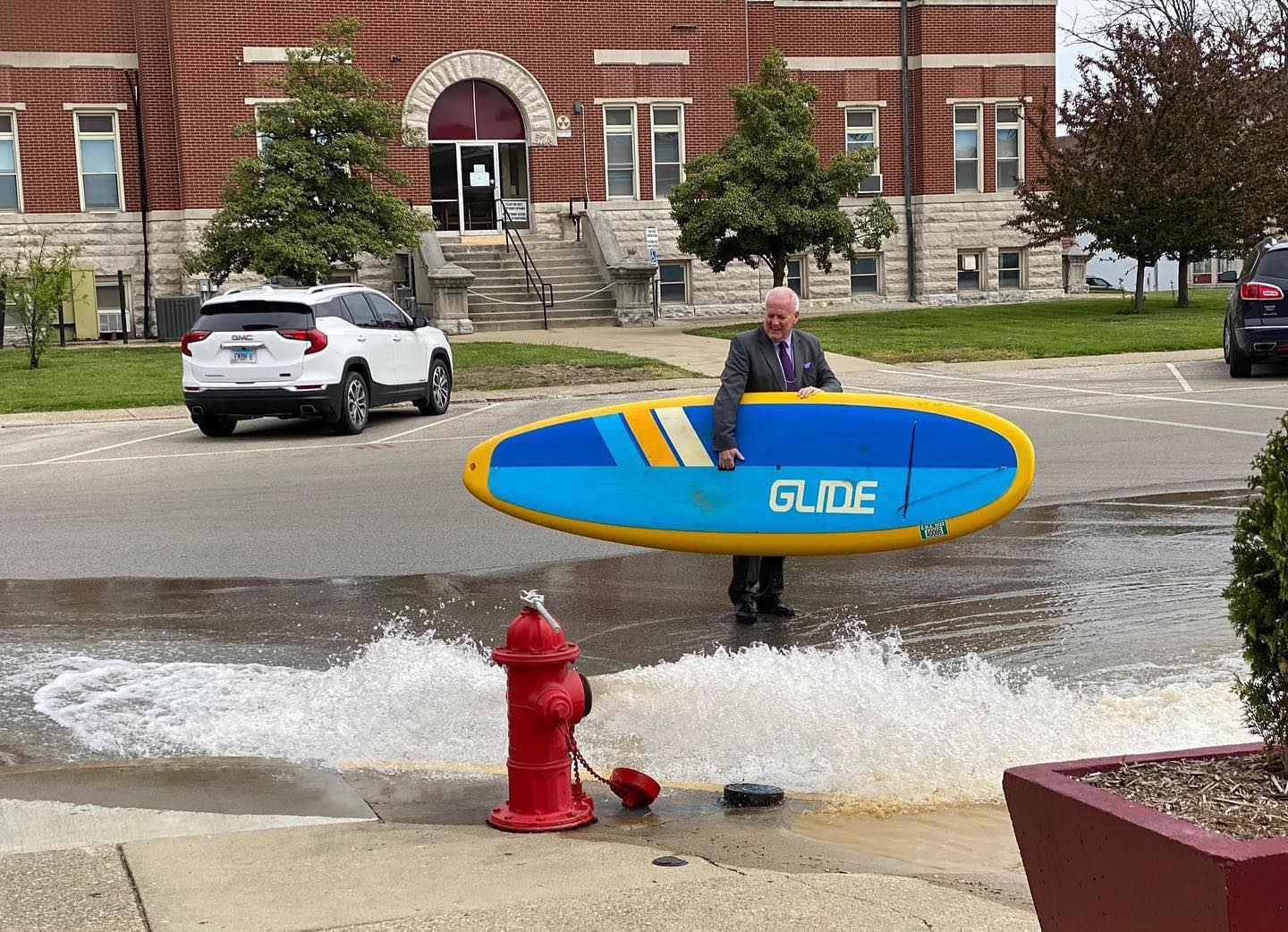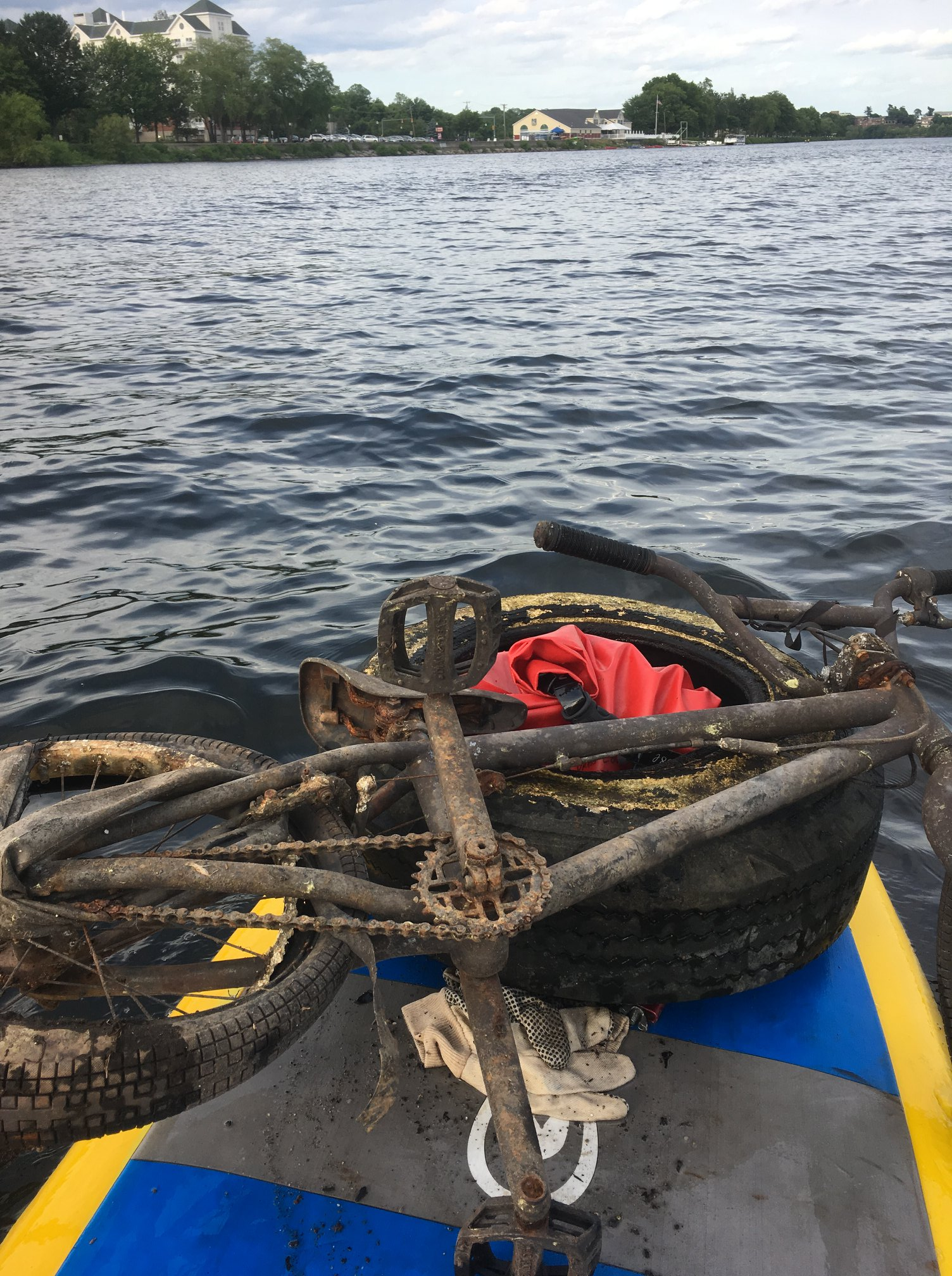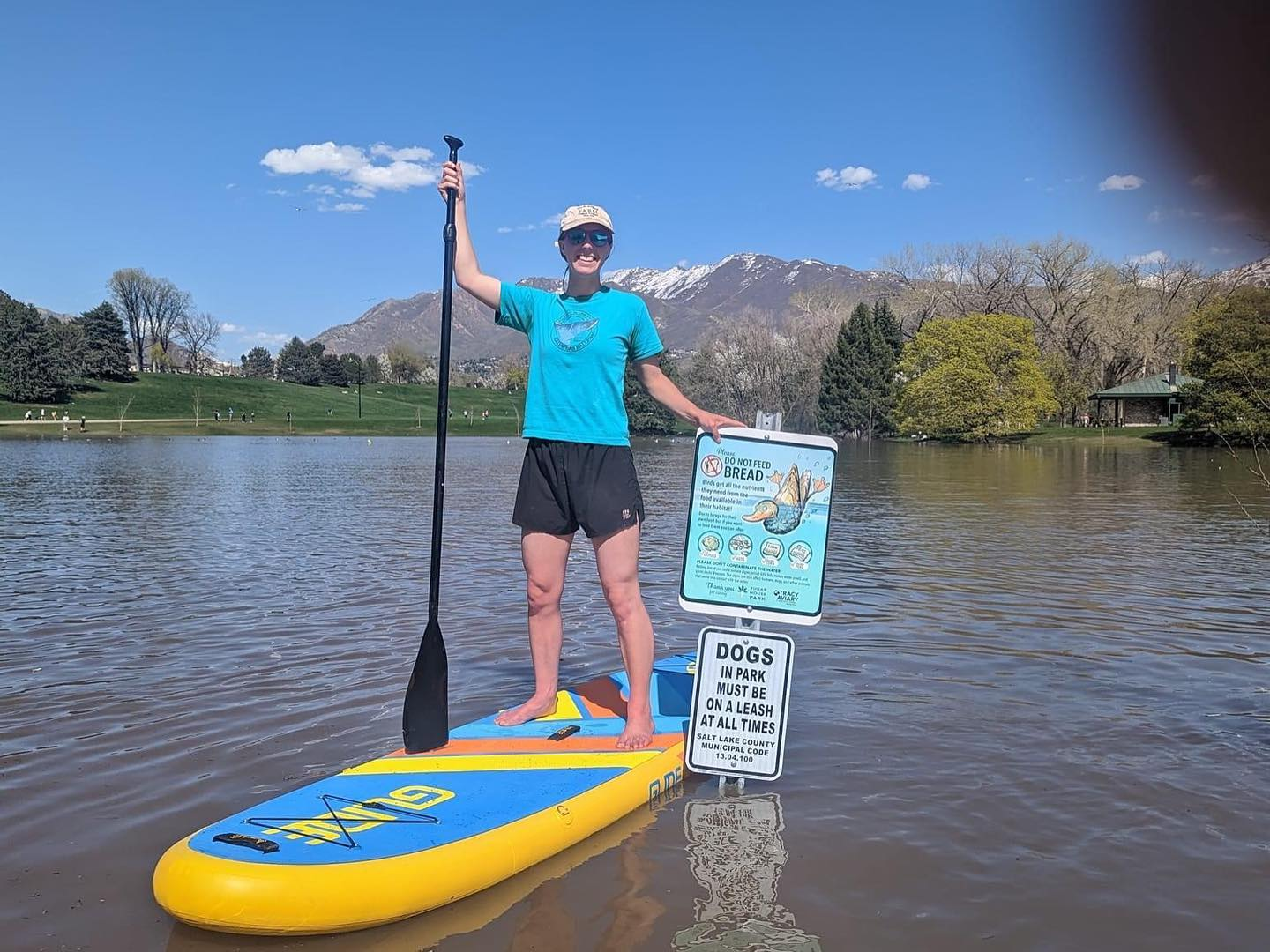
Paddle Boards in Disaster Relief: Beyond the Waves to Aid and Recovery
Paddle boarding, typically seen as a leisure activity for sunny days at the beach, is revealing its versatility and utility in the realm of disaster relief efforts globally. Beyond recreational use, stand up paddle boards, particularly inflatable ones, are becoming invaluable tools in responding to emergencies.
Paddle Boards: A Versatile Tool for Disaster Response
Paddle boards, especially the inflatable variety, offer several advantages for disaster relief. Their portability and ease of transport make them indispensable in areas struck by calamity. With significant weight capacity, they can ferry supplies or assist in evacuations. The resilience and durability of these boards, often constructed from military-grade PVC, ensure they can withstand challenging conditions and navigate through debris-filled waters.
Inflatable SUPs, equipped with a displacement hull, prove efficient for long-distance and flat water paddling – common scenarios in disaster-hit regions. Their adaptability is further enhanced with features like removable fins and adjustable paddles, allowing for effective maneuvering in varied water conditions. The addition of tie-down points enables these boards to carry crucial supplies to inaccessible areas, showcasing their utility beyond leisure.

Empowering Paddlers for Disaster Response
The shift towards utilizing paddle boards for relief efforts necessitates trained and skilled paddlers. It's essential for these individuals to grasp the nuances of paddle boarding, including understanding the different hull types and the significance of board dimensions on stability and maneuverability. The ideal disaster relief paddle board is longer and narrower, designed for speed and efficiency, and equipped with features like a solid deck pad for comfort and grip, and a leash for safety.
Case Study: Paddle Boards in Action
The 2017 floods in Houston, Texas, underscored the potential of paddle boards in rescue operations. Stand up paddle boards, both solid and inflatable, became vital in reaching and evacuating stranded residents in flooded areas. Their ability to navigate shallow waters, too impractical for boats, proved crucial in these efforts.

Innovations in Paddle Board Design for Disaster Relief
Acknowledging the potential of paddle boards in emergency situations, manufacturers are innovating to enhance their utility. This includes designing boards with integrated storage for supplies and features that allow quick conversion into a kayak, providing additional versatility. These advancements aim to solidify the role of paddle boards in disaster response, offering practical solutions to aid in relief efforts.

The application of paddle boards in disaster relief is a testament to the evolving role of this equipment from purely recreational to critically functional in emergencies. Their adaptability, combined with the skill of the paddler, presents a promising avenue in disaster response. As natural disasters become more frequent, such innovative uses of paddle boarding equipment offer hope and practical solutions to mitigate their impact. Glide Paddle Boards, with their focus on quality and innovation, stands at the forefront of this movement, embracing the potential of paddle boards to make a difference in times of need.


